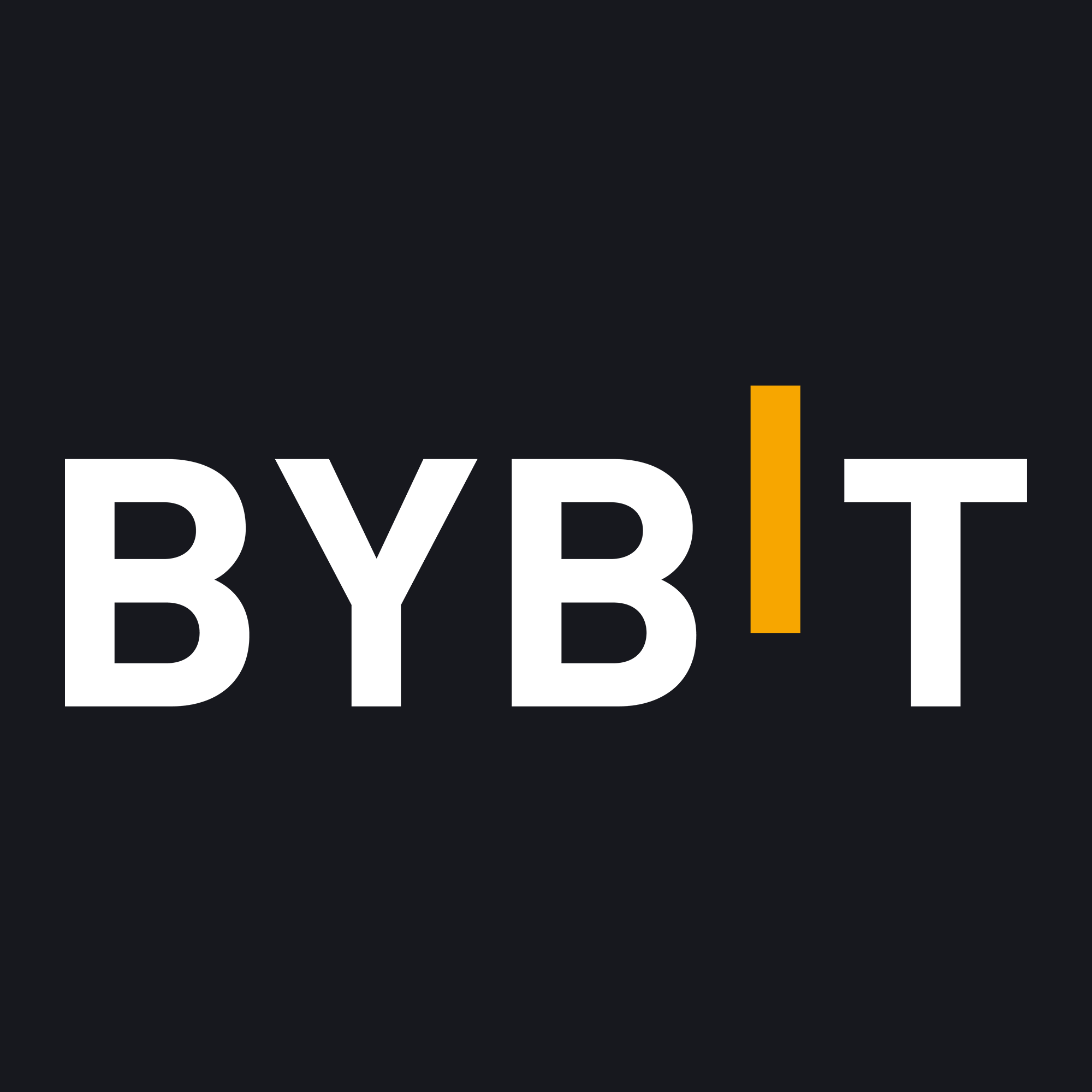Litecoin (LTC) Price Analysis: Today's Key Trends
Litecoin (LTC) price today is $ 118.79 with a 24-hour trading volume of $ 733.75M, market cap of $ 9.06B and market dominance of 0.2257%. The Litecoin (LTC) price changed -1.26% in the last 24 hours. Litecoin (LTC) price in US dollars is changed by 79.22% over the last 1 year. Over the past year, Litecoin (LTC) has changed by 7.79% against Ethereum and -10.22% against Bitcoin. Litecoin (LTC) total volume is now $ 733.75M, 0.01828% of the total cryptocurrency market volume in the last 24 hours.
Overview of Litecoin (LTC)
Litecoin was launched in 2011 as an open-source project by Charlie Lee. It was developed as a "lighter" version of Bitcoin, designed to be used for faster and less expensive transactions. The protocol is based on Bitcoin's technology but with several improvements, making it one of the more popular and stable digital assets in the market.
Key Features of LTC
Some of the standout features of LTC include:
- Faster block generation time (2.5 minutes compared to Bitcoin's 10 minutes)
- Lower transaction fees
- Decentralized peer-to-peer network
Widespread acceptance and integration in exchanges and wallet services These features make Litecoin an attractive option for both individual users and businesses.
Historical Price Data for Litecoin
Over the years, LTC has seen its price rise and fall, reaching its historical high during periods of massive adoption and market exuberance. However, it has also experienced a historical low during bear crypto markets, which is common among cryptocurrencies. The long-term performance of Litecoin reflects its ability to withstand market downturns and recover in bullish periods.
Litecoin (LTC) Supply Explained
The total supply of Litecoin is capped at 84 million coins, which is four times the total supply of Bitcoin. This ensures that LTC maintains scarcity, a critical factor in its long-term value. The circulating supply currently stands at approximately 73 million coins, with the rest to be mined over the coming years.
Market Cap Insights for Litecoin
The market capitalization of Litecoin has positioned it as one of the top cryptocurrencies by market value. This metric represents the total value of all circulating Litecoin and is a key indicator of its market dominance and investor interest. Changes in LTC price directly affect its crypto market cap.
Understanding Litecoin's Value
The value of Litecoin is influenced by its adoption, the development of blockchain technology, and overall market conditions. As a proven store of value and medium of exchange, Litecoin is often compared to Bitcoin. However, its faster transaction speed and lower fees give it a distinct advantage in certain use cases.
Mining Litecoin: Essential Information
Litecoin mining is the process through which new LTC coins are created and transactions are validated. The network uses a Proof-of-Work (PoW) consensus algorithm, similar to Bitcoin, but with a different hashing algorithm (Scrypt). This makes mining more accessible to individuals with less powerful hardware compared to Bitcoin's SHA-256.
How to Choose a Litecoin Wallet
Users can store their Litecoin in a variety of wallets, including hardware, software, and mobile options. A secure wallet is essential for protecting assets from potential threats. Most wallets today support multi-signature and two-factor authentication, ensuring that funds remain safe and accessible only to the owner.


 Trade Now ByBit
Trade Now ByBit